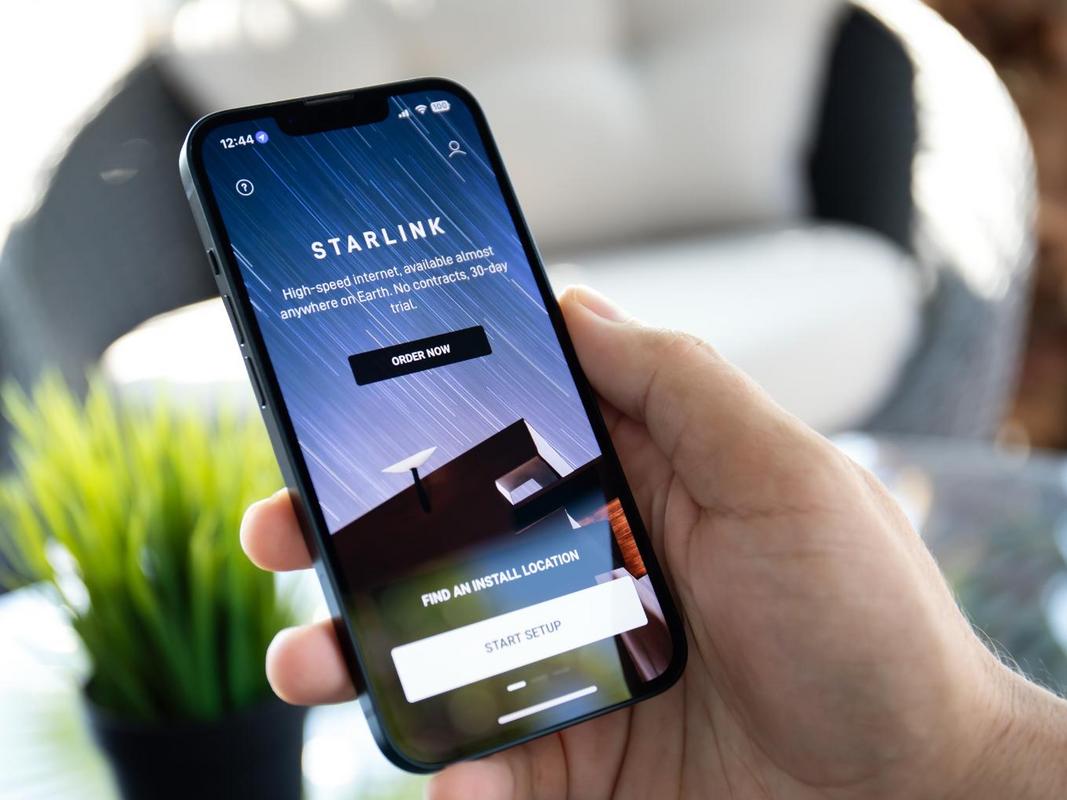Starlink’s India Entry Inches Closer as Government Awaits Final Steps
Starlink is closer than ever to beginning satellite broadband services in India, but a few bureaucratic hurdles remain. While the telecom department has formally approved the company for commercial operations, officials say additional permissions are still needed before Elon Musk’s high-speed internet service can go live.
Telecom Secretary Neeraj Mittal confirmed that Starlink, one of the key players in global satellite communications, has secured initial approval but must now complete spectrum testing and meet security compliance requirements.
“Once they apply for spectrum, they need to do the testing and then show compliance to the security conditions,” Mittal told The Hindu Businessline. “Essentially it is in the hands of Starlink now. (The) government is not standing in the way,” he said, suggesting the ball is very much in the company’s court.
What This Means for Starlink’s India Plans
This regulatory progress marks a key milestone for the company, which has been eyeing India for its low-Earth orbit (LEO) satellite service for years. Although Starlink had earlier accepted preorders from Indian consumers, regulatory delays forced it to pause operations and refund customers by the end of 2021.
Now, things seem to be changing swiftly. With commercial operations approval in hand from the Department of Telecommunications (DoT), Starlink is only a few steps away from full authorization. Pending clearances include:
- Application and allotment of spectrum
- Successful testing of satellite link performance
- Certifying compliance with India’s security norms
Once all of these are complete, Starlink could be set to finally activate its services in one of the world’s largest telecom markets.
Where Does Starlink Stand Among Competitors?
With this latest nod, Starlink has become the third player to receive a satcom licence in India — joining the ranks of Airtel-backed Eutelsat OneWeb and the joint venture between Reliance Jio and SES.
The competitive picture is sharp. India’s telecom giants are moving fast:
- Airtel–OneWeb: Already building its LEO constellation for pan-India connectivity.
- Jio–SES: Partnered with SES for multi-orbit satellite-based internet services.
- Vodafone Idea: Partnered just this week with U.S.-based AST SpaceMobile to bring direct-to-device internet — meaning users can access broadband on regular smartphones in remote areas with no towers.
Interestingly, both Airtel and Jio had already struck partnerships with SpaceX earlier this year to bring Starlink services to India. So beyond direct competition, there could also be opportunities for embedded collaborations if market, tech, and policy align down the road.
Where Does Amazon Kuiper Stand?
With Amazon’s Kuiper project also eyeing the Indian market, some may wonder how its own regulatory process is proceeding. On this, Mittal remains cautious.
“I think [the] application is in place, but I think it is a little distance from approval… I don’t think it [approvals for Kuiper’s application] is in our hands. They have to pursue it and come up with whatever gaps there are in the application,” he said, hinting that much work remains before Kuiper can even approach the finish line.
The Missing Piece: Spectrum Pricing Norms
While individual approvals are moving, a major piece of the puzzle — national policy on satellite spectrum pricing — is still being shaped.
The Telecom Regulatory Authority of India (TRAI) earlier submitted recommendations to the government, but the final decisions are pending. This vagueness around spectrum allocation and pricing has made it somewhat tricky for companies to plan long-term investments or rollouts at scale.
Still, Communications Minister Jyotiraditya Scindia has previously sounded optimistic, saying India will lead one of the fastest rollouts of satcom services globally — an ambitious projection, certainly, but not far-fetched considering the scale of interest already visible.
Government Push for Telecom Startups
The comments came while Mittal was speaking at the three-day Telecom Technology Development Fund (TTDF) Symposium, held at IIT Madras in Chennai.
While Starlink dominated headlines, the government’s deeper push into homegrown telecom R&D was also on display. Mittal revealed that over 1,300 proposals have been submitted under the TTDF scheme since its 2022 launch. So far, 120 projects have received approval totaling INR 500 crore in investments, with INR 187 crore already disbursed.
TTDF backs a range of homegrown telecom R&D, in fields like:
- 6G technology
- Artificial intelligence for telecom systems
- Internet of Things (IoT)
- Quantum-enabled communications
- Non-terrestrial network solutions — like LEO and GEO satellites
The aim? Building an indigenous stack of vital technologies and narrowing the rural–urban digital divide — something satellite connectivity is uniquely suited to help with.
What’s Next for India’s Satcom Industry?
With Starlink almost through the door, India’s long-awaited satellite broadband revolution feels less theoretical now. But regulatory clarity—especially around spectrum—remains a critical missing link.
Meanwhile, newer entrants keep queuing up. Global brands like Apple partner Globalstar are also said to be evaluating the Indian market. Whether all this interest translates to healthy competition and real access for under-connected users will depend on policy choices made in the next year.
For now, the spotlight is squarely on Starlink. If the remaining approvals come through swiftly, we could—finally—see LEO-based high-speed internet lighting up rural India before the year ends. Or then again… maybe not just yet. Time, spectrum, and bureaucracy all have final roles to play.

